How to Test the Scratch Resistance of Stone Protective Films
2025-07-31
Protective Film Scratch Resistance Testing Methods
Comprehensive evaluation methods to determine the durability and protective qualities of surface films under various conditions.
1 Simulated Daily Friction Test
- Use common hard cloth or plastic object for back-and-forth rubbing
- Maintain constant force and frequency throughout testing
- Primary observation points: scratches, wear patterns, and gloss changes
- Simulates typical frictional contact during daily use
- Evaluates resistance to minor abrasions and surface wear
Note: Testing duration should represent expected product lifespan under normal use conditions.
2 Sharp Object Scratch Test
- Utilize sharp metal objects of varying hardness (blades, keys, etc.)
- Perform controlled scratches at multiple angles
- Begin with light touch, gradually increasing force until visible marks appear
- Measure and record: scratch depth, length, and quantity
- Document threshold force required to produce visible damage
Important: Maintain consistent testing angles (typically 45° and 90°) for comparable results.
3 Pressure Variable Test
- Conduct with specialized pressure application equipment
- Apply gradually increasing pressure while sliding test object
- Monitor for: surface cracking, film peeling, and substrate damage
- Simulates heavy object dragging scenarios
- Evaluates performance under extreme pressure and friction
Recommendation: Test multiple pressure levels to establish performance curve.
4 Environmental Impact Testing
- Expose samples to varied conditions: humidity, high temp, low temp
- Perform standard scratch tests post-exposure
- Compare results across environmental treatments
- Assesses material stability under real-world conditions
- Ensures consistent protective performance in actual use
Critical: Allow proper acclimation time between environmental exposure and testing.
These standardized methods provide comprehensive evaluation of protective films' scratch resistance, durability, and environmental stability for quality assurance and performance validation.
You Might Also Like
-
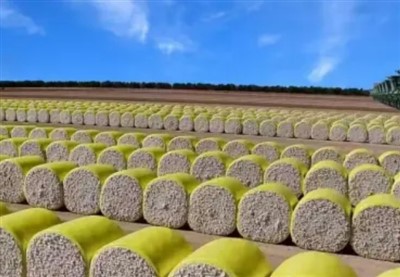
what are the advantages of cotton packaging film
-
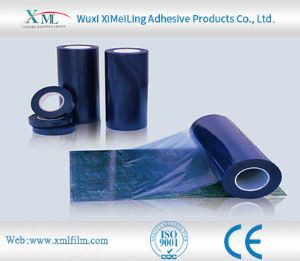
How does pe protective film cope with high temperature environment
-
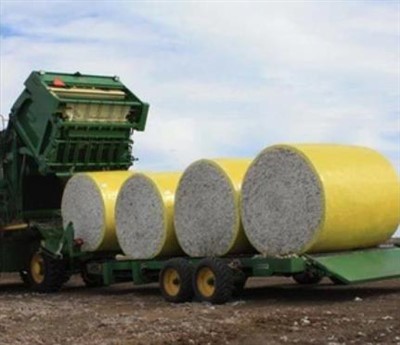
The Advantages of Cotton Wrap Film
-
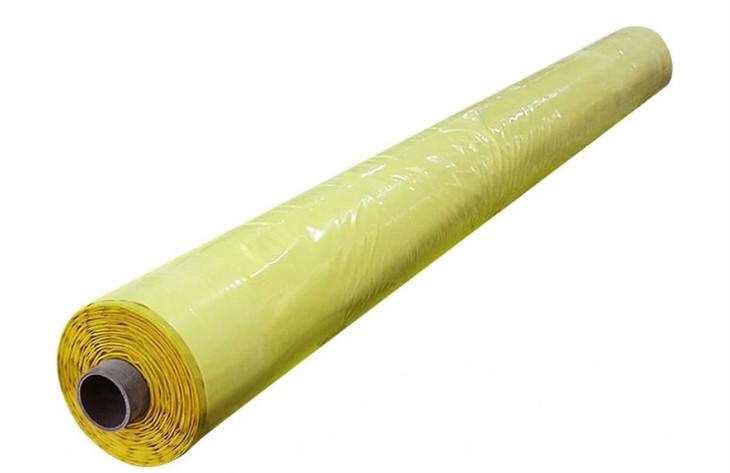
Advantages of Cotton Bale Wrap Film
-
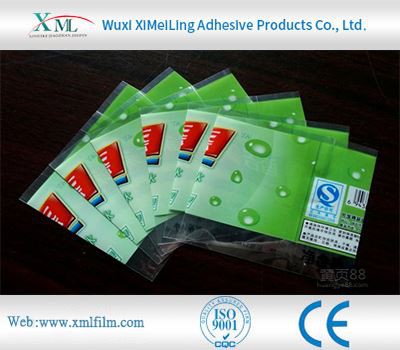
How Polyethylene Packaging Material Copes with High Temperature Environment
-
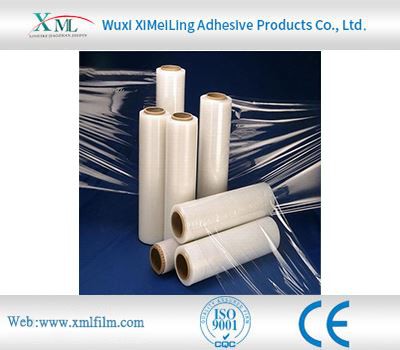
How to Remove Protective Transparent Plastic Film Without Damaging the Surface
